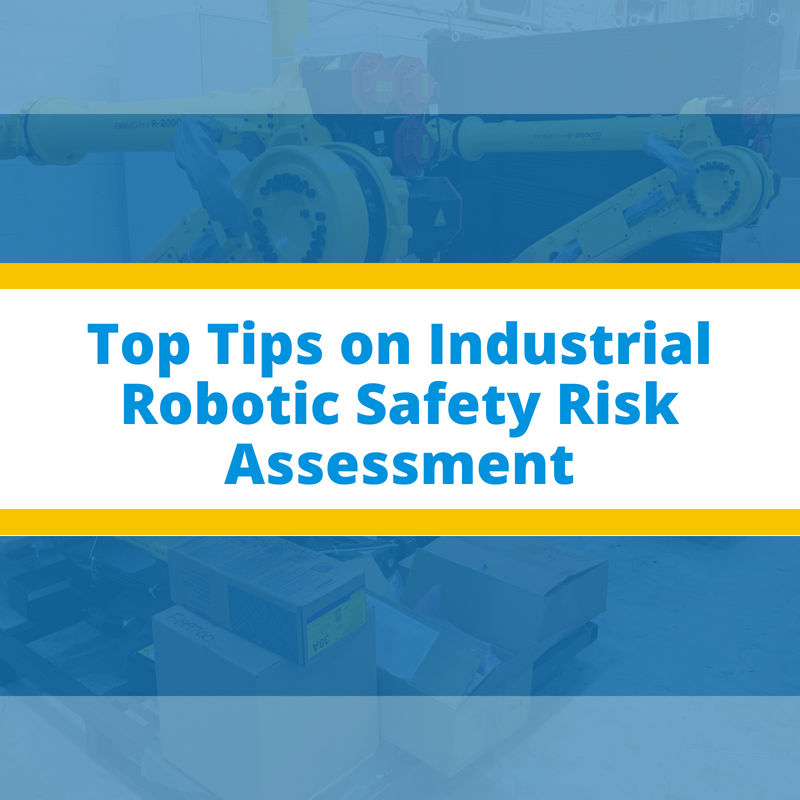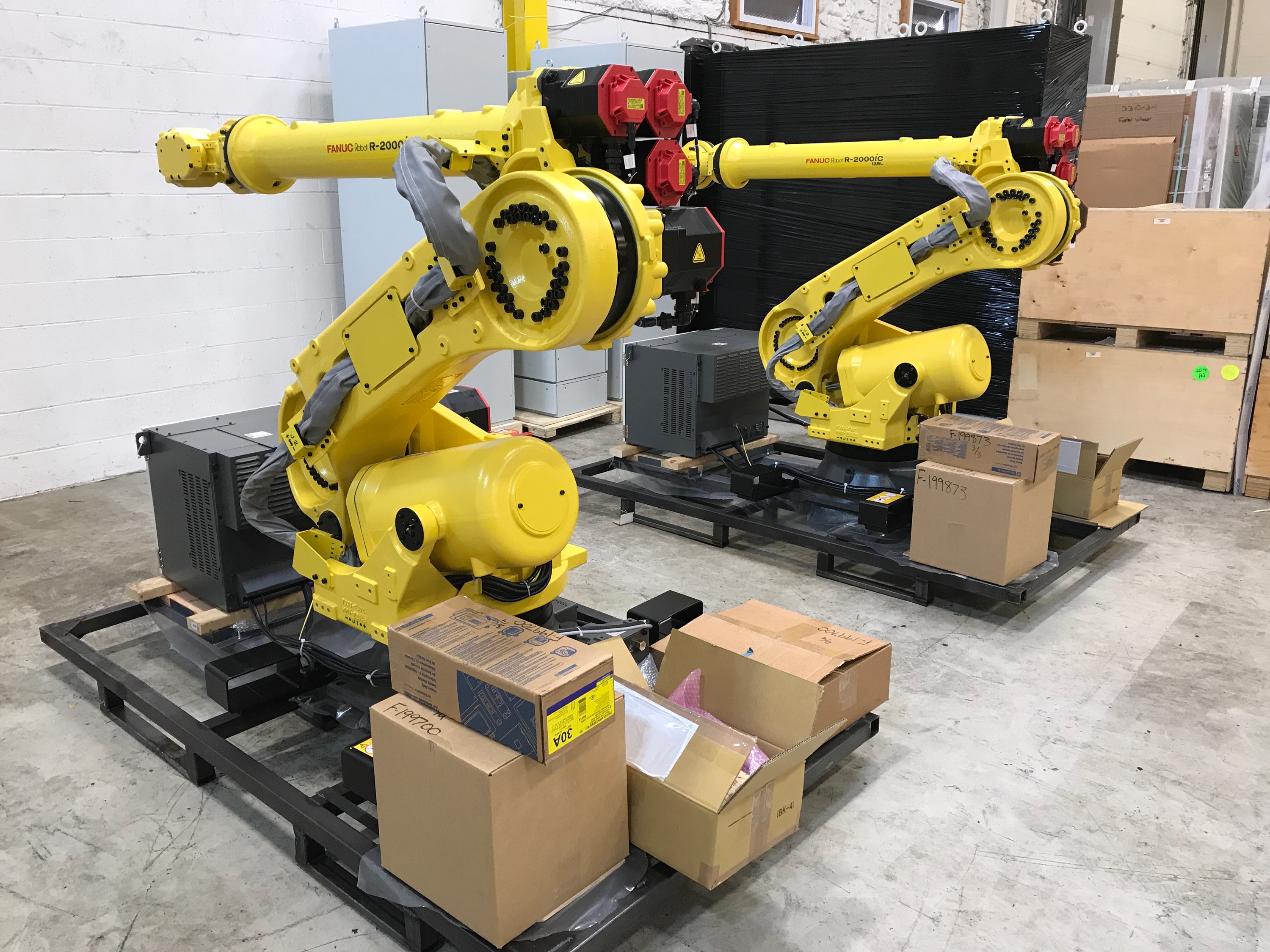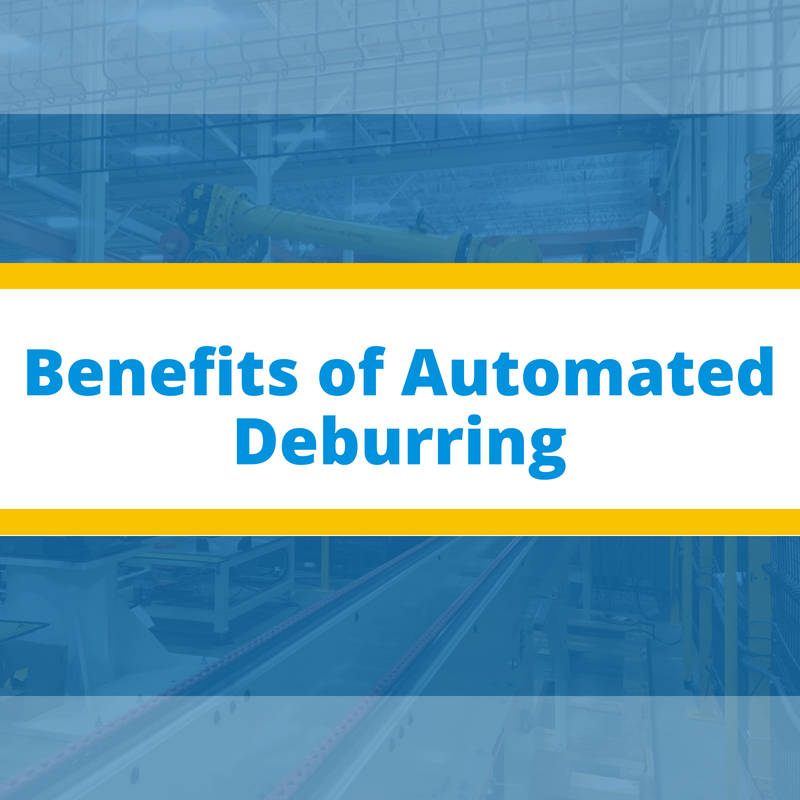The use of industrial robots has brought a number of benefits to the workplace, but it has also increased the inherent risk posed to the workers on the plant. Thus, it is the responsibility of the manufacturer to ensure a safe working environment is maintained at all times.
Safety is often viewed as an extra responsibility, something that comes with greater paperwork and overhead. The truth, however, is quite different. Having a safe working environment can actually have benefits such as assurance of regulatory compliance and increased productivity from the factory floor.






